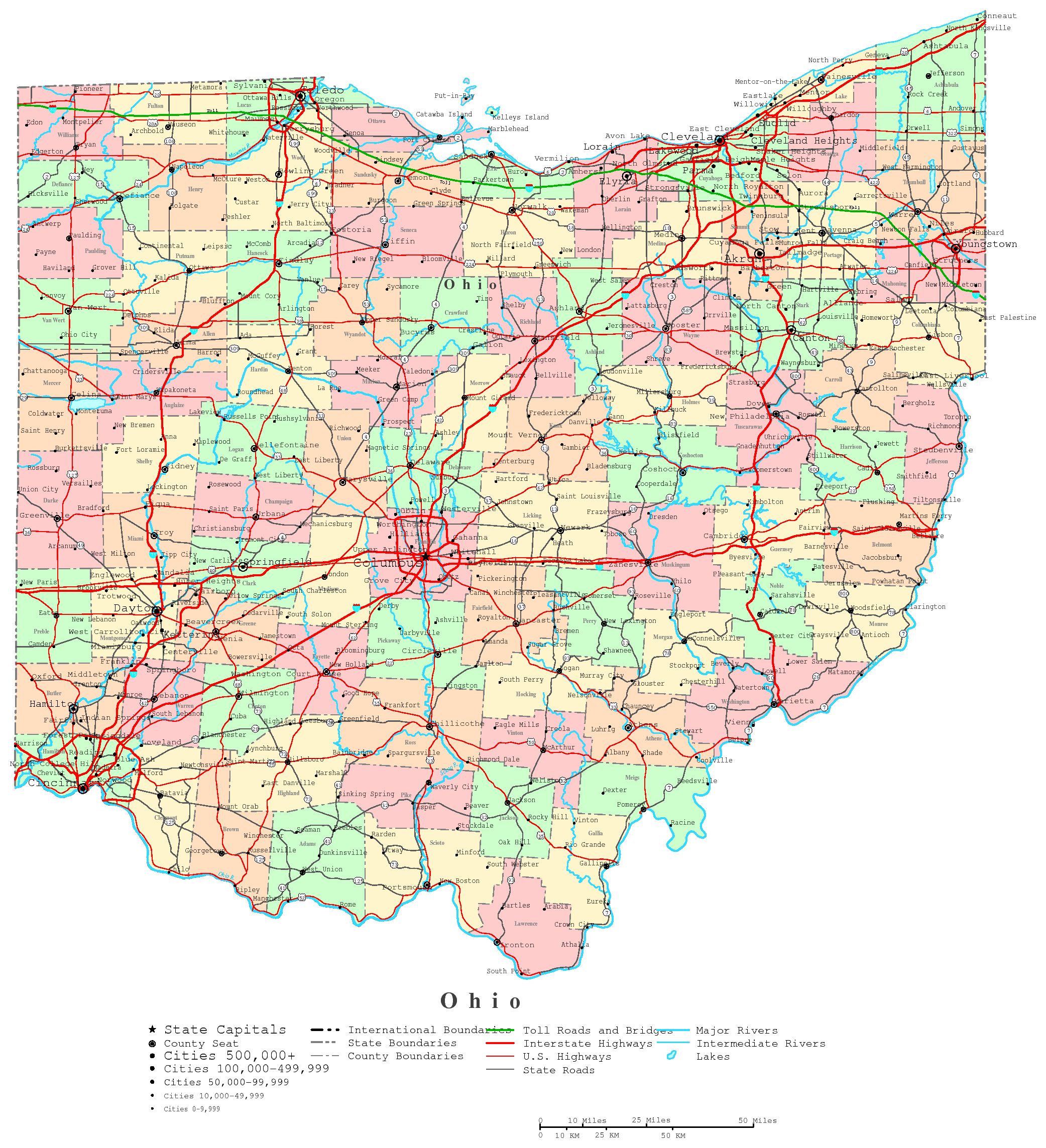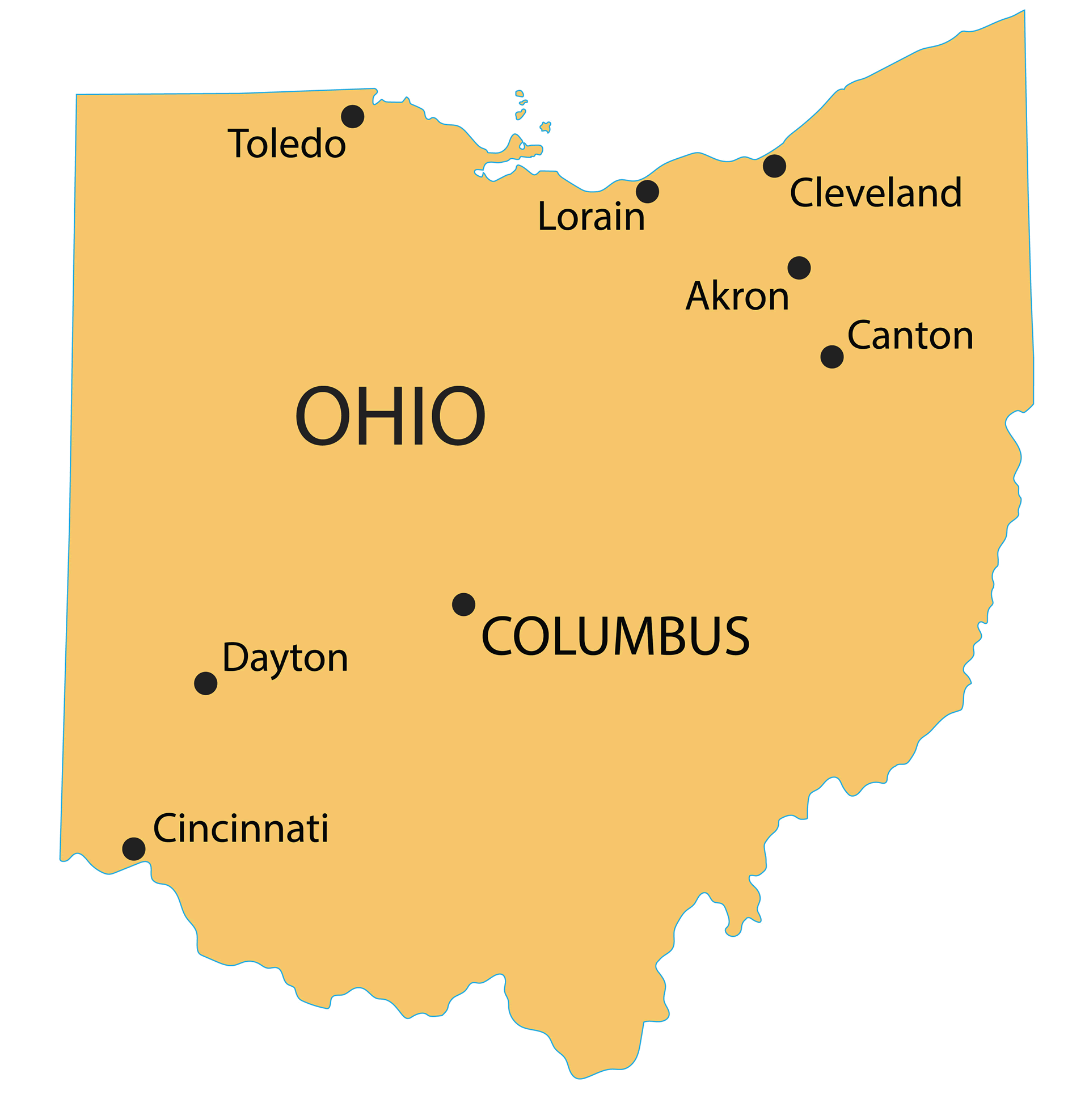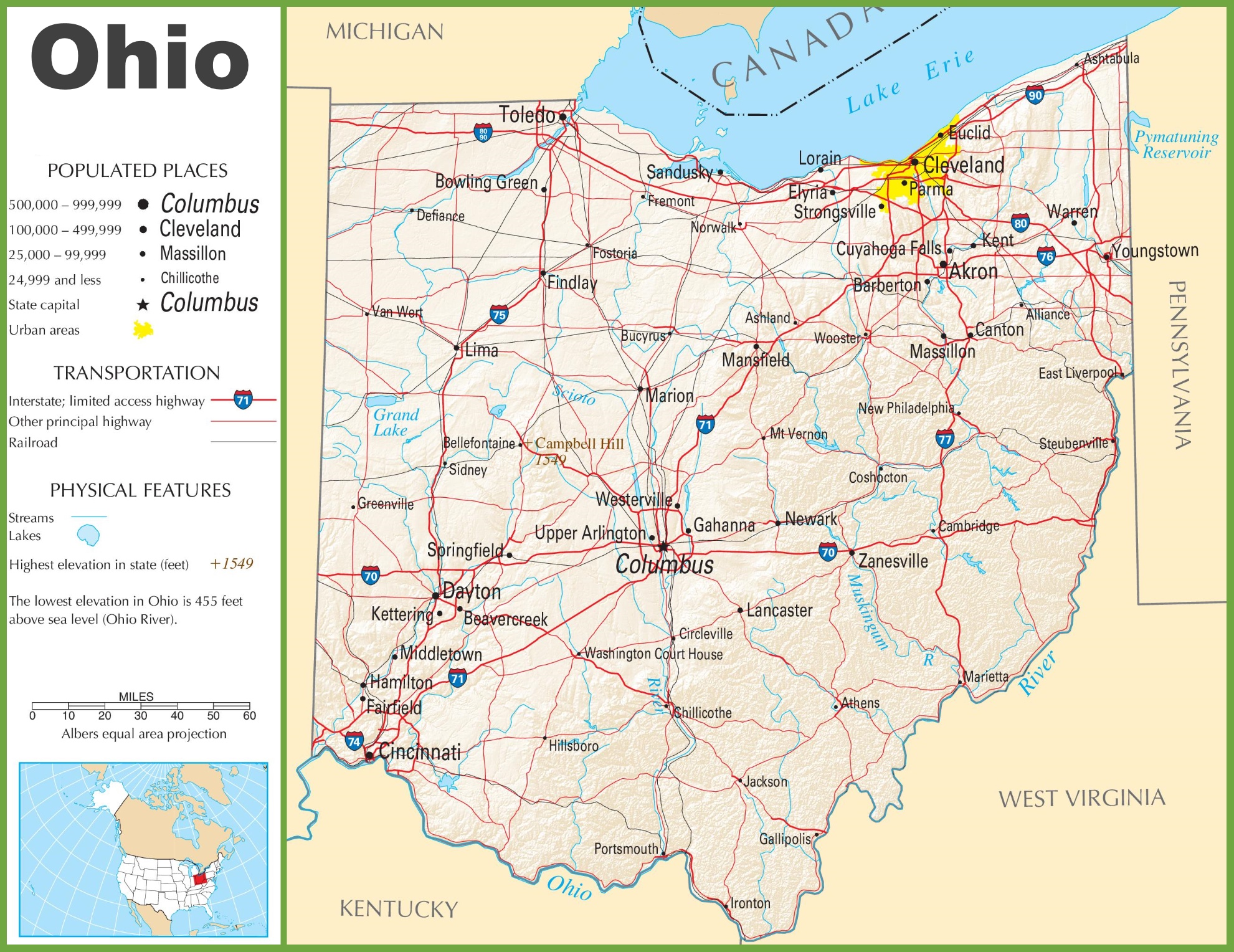Ohio River Level - What To Know About Water Heights
Have you ever stopped to think about the water levels in our mighty rivers, like the Ohio River? It's a topic that, you know, touches many lives, whether you're living near the banks, enjoying some time on the water, or simply curious about the natural world around us. Keeping an eye on how high or low the water sits can be, in a way, pretty important for lots of folks, from those who work on the river to the people who call its shores home.
Knowing about water levels helps us prepare for what might be coming, or just understand what's happening right now. It's not just about, say, big floods, though those are certainly a concern; it's also about everyday safety and planning. We're going to talk a bit about how we keep track of these water heights and what all that information means for us, particularly when we think about a river as significant as the Ohio.
This discussion will walk us through the kinds of details we get about river conditions, where that information comes from, and how we can make sense of it all. We'll look at actual measurements, past high points, and even some ideas about what the water might do next. It's, you know, about getting a clearer picture of something that's always in motion, always changing, like the river itself.
Table of Contents
- Understanding River Levels - A Broad Look
- What Information is Available About River Levels?
- How Do We Get This Data?
- Are There Predictions for Ohio River Level?
- Making Sense of It All - How Do We Interpret Ohio River Level Information?
Understanding River Levels - A Broad Look
When we talk about the height of the water in a river, like the Ohio River, we're really looking at a dynamic system. The water's surface can go up and down quite a bit, depending on things like how much rain has fallen, snowmelt, or even how dams are being managed. It's a bit like, you know, watching the tide come in and out, but on a much larger scale for a river. For anyone who lives or works near a waterway, keeping tabs on these changes is, in some respects, a very important part of daily life.
Knowing where the water sits helps us understand if boats can pass safely under bridges, if docks might be covered, or if there's a chance of water spreading beyond the usual banks. It's not just about, say, big events, but also about the normal flow of things. This information helps communities make good choices about safety and how to use the river, which is, you know, pretty essential for everyone involved. So, when we mention "Ohio River level," we're talking about something that has real-world effects for a lot of people.
Different rivers have different characteristics, and what might be a normal water height for one could be a big deal for another. The Ohio River, being a major waterway, has a lot of attention paid to its levels. We'll be looking at some general ways we track water levels, using specific details from another river, the Lake Fork Mohican River below Mohicanville Dam, as an example. This helps us see how these kinds of measurements work, which is, you know, quite similar for any large river system.
What Information is Available About River Levels?
When you want to know about a river's water height, there are a few different kinds of details you might come across. It's not just a single number; rather, it's a collection of pieces that, you know, paint a fuller picture. These pieces help us see what the water is doing right now and what it has done in the past. Understanding these different types of information is, arguably, the first step to truly grasping the situation with any river, including the Ohio River level.
For some places, we get predictions about what the water might do in the future. For other spots, though, we only have what the water has actually been doing. For instance, when we look at the Lake Fork Mohican River below Mohicanville Dam, we find that future predictions aren't ready for us to see. Instead, we only have records of what the water has actually been doing at that specific spot. This distinction is, you know, pretty important because it tells you what kind of planning you can do based on the information you have.
So, when you're checking on, say, the Ohio River level, you'll want to pay attention to whether you're seeing a guess about what's coming or a report of what's already happened. Both are useful, but they serve, in a way, different purposes. Knowing the source and type of information you're looking at is, basically, key to making good decisions or simply satisfying your curiosity about the river's condition.
Just the Facts - Observed Water Levels and the Ohio River Level
One of the most straightforward pieces of information you can get about a river's water height is its "observed stage." This just means, you know, what the water has actually been doing at a specific measuring point. It's like looking at a ruler in the water and seeing where the surface hits. For places like the Lake Fork Mohican River below Mohicanville Dam, this is the main kind of detail we get. We can see the water's exact height at a particular moment in time.
These observed measurements are, in some respects, the foundation for everything else we try to figure out about river levels. They tell us the reality of the situation right now, or at least very recently. Without these actual readings, it would be, you know, much harder to understand how a river is behaving. When you check the Ohio River level, you're often looking at these kinds of real-time or near real-time observations, which are, you know, pretty useful for immediate awareness.
The beauty of observed stages is their directness. There's no guessing involved; it's simply a record of what happened. This information is, essentially, gathered by special measuring tools in the water, which send back data. So, if you're curious about, say, how high the water is right this second, or how it was an hour ago, these observed levels are what you'd be looking for. They provide a clear, factual snapshot of the water's position, which is, you know, pretty comforting in its certainty.
Looking Back - Historical Highs and the Ohio River Level
Beyond what the water is doing today, it's also, you know, incredibly helpful to look at what it has done in the past. Rivers, like people, have a history, and that history can tell us a lot about what's possible. When we talk about "historical high water marks," we're talking about the highest points the water has reached on record. These are, in a way, like the river's memory of its most extreme moments.
For the Lake Fork Mohican River below Mohicanville Dam, we have a list of these significant past events. For instance, the water reached 13.73 feet back on October 11, 1986. Then, it hit 10.83 feet on November 5, 2002. There was also 9.68 feet on August 19, 1984, and 9.24 feet on September 29, 1985. Other notable past heights include 9.11 feet on September 20, 1990, and 8.99 feet on September 2, 1989. These numbers are, you know, pretty important.
Why do these old numbers matter? Well, they give us a sense of what the river is capable of. If the water is currently at, say, 5 feet, and you see it's been as high as 13 feet in the past, it gives you a different perspective. It helps communities and individuals understand the potential for high water and plan accordingly. For the Ohio River level, knowing its past high points is, basically, a crucial part of managing flood risk and understanding the river's natural tendencies over time.
How Do We Get This Data?
You might be wondering where all this information about river levels comes from. It's not just, you know, someone standing by the river with a stick. There's a whole system behind it, run by dedicated groups. The main source for much of this river information is the National Weather Service, specifically through their Advanced Hydrologic Prediction Service, or AHPS. This is, you know, the government group that tracks the weather and water patterns across the country.
The AHPS works to provide details about current water conditions and, for many places, also tries to guess what the water will do in the future. They use special measuring tools, often called "river gauges," which are, you know, basically big measuring sticks or sensors placed in the water. These gauges constantly send back information about the water's height. This is, in some respects, a very important job, as it keeps us informed about our waterways.
So, when you're looking up the Ohio River level, chances are the numbers you're seeing are coming from this network. It's a pretty complex system, but the goal is simple: to give people the most accurate and timely information possible about water heights. They also keep track of what they call "flood stages," which are the specific water heights where, you know, things start to get really serious and water might spread out of the river banks. This whole setup is, essentially, designed to keep us safe and informed.
Are There Predictions for Ohio River Level?
When it comes to understanding river levels, one of the biggest questions people often have is, "Can we predict what the water will do next?" For many rivers, the answer is yes, to a certain extent. The Advanced Hydrologic Prediction Service from the National Weather Service does, you know, try to offer forecasts for river levels. These predictions are, basically, educated guesses about where the water is headed, based on things like rainfall, snowmelt, and how much water is already in the system.
However, it's not always straightforward, and not every location has these future predictions available. For example, as we talked about earlier, for the Lake Fork Mohican River below Mohicanville Dam, future predictions aren't ready for us to see. We only have what the water has actually been doing at that specific spot. This means that while some parts of a river system might have detailed outlooks, others might only offer a look at what's happening right now or what has happened in the past. This distinction is, you know, pretty crucial.
So, when you're looking for information about the Ohio River level, you might find different levels of predictive detail depending on the exact spot you're checking. It's a bit like, say, trying to guess the weather; some days you have a very clear forecast, and other days, it's more uncertain. The goal of these predictions is to give communities a heads-up, allowing them to prepare for potential changes in water height, which is, you know, a very valuable service.
The Nuance of Forecasting - What We Know and Don't Know for Ohio River Level
Predicting river levels, especially for a large system like the Ohio River, is, in some respects, a very intricate process. It involves looking at a lot of different factors: how much rain is expected, how much water is already flowing, and even how the ground is absorbing water. The National Weather Service tries its best to put all these pieces together to give us an idea of what's coming. But, you know, it's never a perfect science.
As we've seen with the Lake Fork Mohican River below Mohicanville Dam, sometimes those future predictions just aren't available for a specific spot. This doesn't mean the people collecting the data aren't trying; it just means that, for certain places, the conditions or the way the water flows make it very, very difficult to guess accurately what's going to happen next. So, they stick to providing only what they've actually seen the water do, which is, basically, the most reliable information they have.
This situation reminds us that while we often want to know what's next, sometimes the best we can do is understand the present and learn from the past. When you're trying to figure out the Ohio River level, remember that while you might get some excellent future outlooks for major points, other, perhaps smaller, locations might only offer current readings. It's, you know, all about managing expectations and using the information that's most reliable for the specific spot you're interested in.
Chances of Going Higher - What Weekly and Period Data Tells Us About Ohio River Level
Even if exact future water heights aren't always available, there are other ways we can get a sense of what might happen with river levels. One of these ways involves looking at the "chance of exceeding levels." This is a different kind of prediction, one that focuses on probabilities rather than specific numbers. It tells us how likely it is that the water will go past certain marks, either over a week or during a longer stretch of time. This is, you know, a very useful tool.
For example, you might see data that says there's a "weekly chance of exceeding levels." This means that within the next seven days, there's a certain percentage likelihood that the water will rise above a particular height. Similarly, there's also the "chance of exceeding levels during the entire period," which looks at a broader timeframe. These types of probabilities are, in some respects, a way to understand risk without having a precise forecast of the water's exact future height.
These probability outlooks are, essentially, very helpful for long-term planning or for understanding general trends. They don't tell you exactly when the water will reach a certain point, but they do give you a heads-up if there's a higher-than-usual possibility of the water getting higher. For the Ohio River level, these kinds of chances can help communities and businesses make informed decisions about potential high water events, which is, you know, pretty valuable for preparation.
Making Sense of It All - How Do We Interpret Ohio River Level Information?
So, we've talked about observed water heights, historical highs, where the data comes from, and the different kinds of predictions. Now, the big question is, "How do we make sense of all this information?" It's not just about looking at numbers; it's about understanding what those numbers mean for us. The National Weather Service provides guidance on "interpreting hydrographs and NWS watch, warnings, and forecasts, and inundation maps." This is, you know, basically, their way of helping us read the story the river is telling.
A "hydrograph" is, essentially, a graph that shows how the water level changes over time. It's like a line drawing that goes up and down, showing the river's highs and lows. Learning to read these charts helps you see patterns and understand the flow. Then there are "NWS watch, warnings, and forecasts." A "watch" means conditions are right for something to happen; a "warning" means it's happening or about to happen. These alerts are, you know, pretty critical for safety.
Finally, "inundation maps" are, in a way, pictures that show where the water might spread if it reaches certain heights. These maps are incredibly useful because they visually represent what a specific water level means on the ground. They can show which roads might be covered or which areas might get wet. For anyone concerned about the Ohio River level, putting all these pieces together – the observed data, the historical context, the probabilities, the hydrographs, the alerts, and the maps – gives you, you know, a comprehensive picture of the river's behavior and potential impacts.

Printable Map Of Ohio

Ohio and Largest Cities Columbus, Cincinnati, Cleveland

Printable Ohio Map